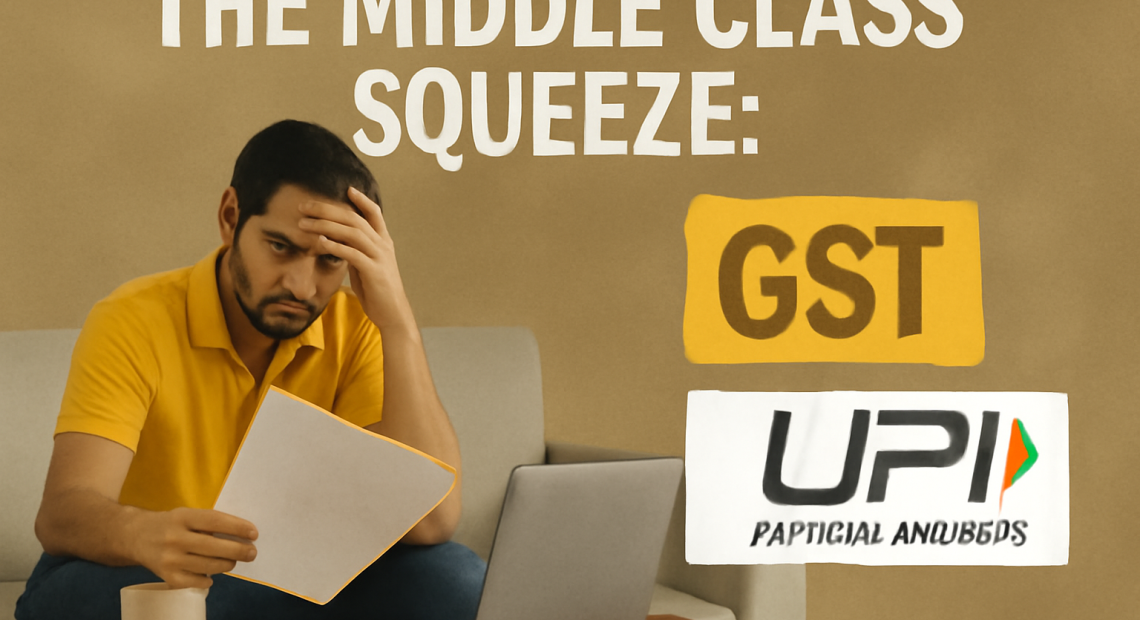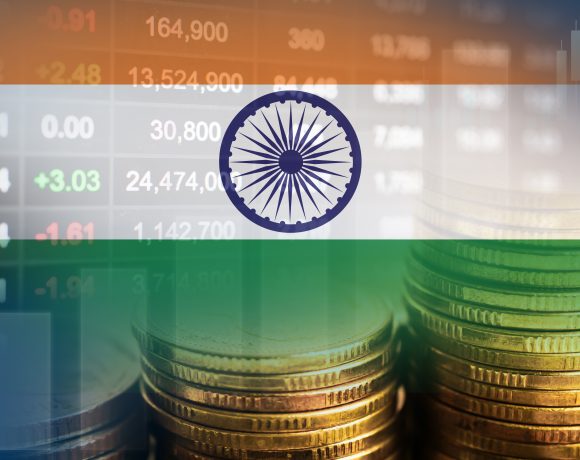
The Middle Class Squeeze: How Policy Changes Like GST and UPI Fees Burden Ordinary Indians
India’s middle class has always been the backbone of the nation’s economic aspirations. They are the early adopters of new technologies, the primary drivers of consumption, and the segment that most willingly embraces government initiatives aimed at modernization. Yet, time and again, they find themselves bearing the heaviest burden when policies shift from promise to implementation.
The latest example comes in the form of potential UPI transaction charges. The Unified Payments Interface transformed India’s payment landscape, bringing digital transactions to street vendors, small shopkeepers, and millions of ordinary Indians. It was hailed as a democratizing force that made cashless payments accessible to all. But now, as RBI Governor Sanjay Malhotra notes, “Free UPI has borne good fruits, but cost of service has to be paid,” signaling that this convenience may soon come at a price.
This follows a familiar pattern established by the Goods and Services Tax rollout. GST was sold as a revolutionary reform that would create “One Nation, One Tax” and simplify India’s complex tax structure. In practice, however, it has meant increased compliance burdens for small businesses, higher accounting costs, and in many sectors, an effective increase in the tax burden passed on to consumers. The promise of simplification became a reality of greater complexity for those least equipped to handle it.
The burden of these policy shifts invariably falls on the same groups. Large corporations have the resources to hire compliance teams, absorb new costs, or negotiate favorable terms. They can spread transaction fees across vast volumes or simply pass costs to consumers. The ultra-wealthy often find ways to minimize their exposure through sophisticated financial planning. Meanwhile, the genuinely poor are sometimes protected through targeted subsidies or exemptions.
It’s the middle class—salaried employees, small business owners, shopkeepers, and traders—who get squeezed from all sides. They’re too prosperous to qualify for subsidies but not wealthy enough to absorb costs without feeling the pinch. When UPI charges are introduced, it’s the neighborhood tea stall owner who will hesitate before accepting digital payments. It’s the middle-class family whose monthly budget gets tighter as small fees accumulate across dozens of transactions.
The mathematics of this burden is stark. A five-rupee charge on a hundred-rupee transaction may seem negligible, but for a small trader processing dozens of such payments daily, it adds up to thousands of rupees monthly. For a salaried employee making routine bill payments, grocery purchases, and utility payments through UPI, these micro-charges become a significant monthly expense.
What makes this particularly troubling is the timing. These costs are being imposed after widespread adoption has already occurred. Indians changed their behavior, embraced digital payments, and built their business models around the promise of free, convenient transactions. Now, having established these new patterns, the government seeks to monetize them. It’s a classic case of changing the rules after the game has been played.
This represents a broader failure of policy imagination. Instead of finding innovative ways to fund public services or create sustainable revenue models that don’t penalize adoption, the government repeatedly turns to the same well: the middle class and small businesses who are too numerous to lobby effectively but too visible to ignore completely.
The consequences extend beyond individual financial stress. When ordinary Indians begin to feel that every government initiative eventually becomes another way to extract money from them, trust in public policy erodes. The enthusiasm for embracing new reforms diminishes. The very people who should be the champions of modernization become skeptical of it.
This pattern also undermines the stated goals of financial inclusion and formalization of the economy. If digital payments become more expensive, people will revert to cash. If GST compliance becomes too burdensome, small businesses will prefer to stay informal. The policies meant to bring people into the formal economy instead push them away from it.
True economic reform requires a different approach. It means finding revenue models that don’t penalize the adoption of beneficial technologies. It means creating compliance systems that actually simplify rather than complicate. It means recognizing that the middle class and small businesses are partners in development, not just sources of revenue to be tapped whenever the government needs funds.
India’s economic story has been one of ordinary people embracing extraordinary changes. From demonetization to digital payments, from new tax systems to online services, the middle class has repeatedly shown its willingness to adapt and adopt. But this goodwill is not infinite. Every time a beneficial reform is followed by new costs and complications, the social contract between the government and its citizens weakens.
For India to truly realize its economic potential, it needs policies that expand opportunity without constantly expanding the burden on those who drive growth. The middle class deserves better than to be treated as the government’s most reliable source of easy revenue. They deserve policies that reward their participation in the formal economy rather than penalize it.
The measure of any reform should not just be whether it can generate revenue or improve efficiency, but whether it makes life better for the ordinary Indians who are asked to embrace it. Until this becomes the primary consideration, India will continue to take two steps forward and several steps back, driven by the very people it claims to serve.


















